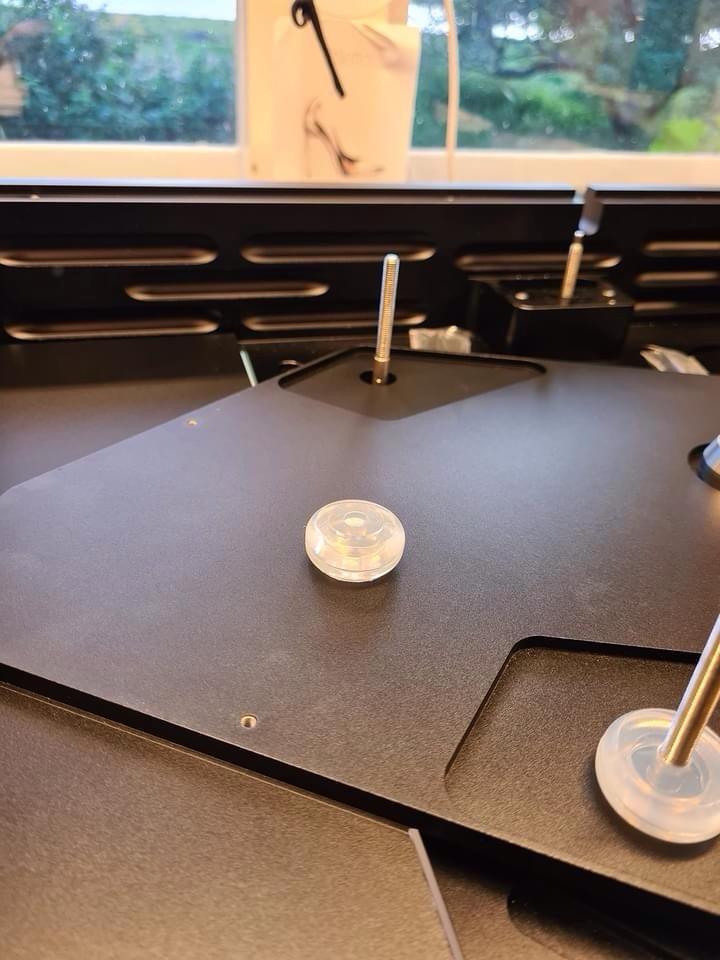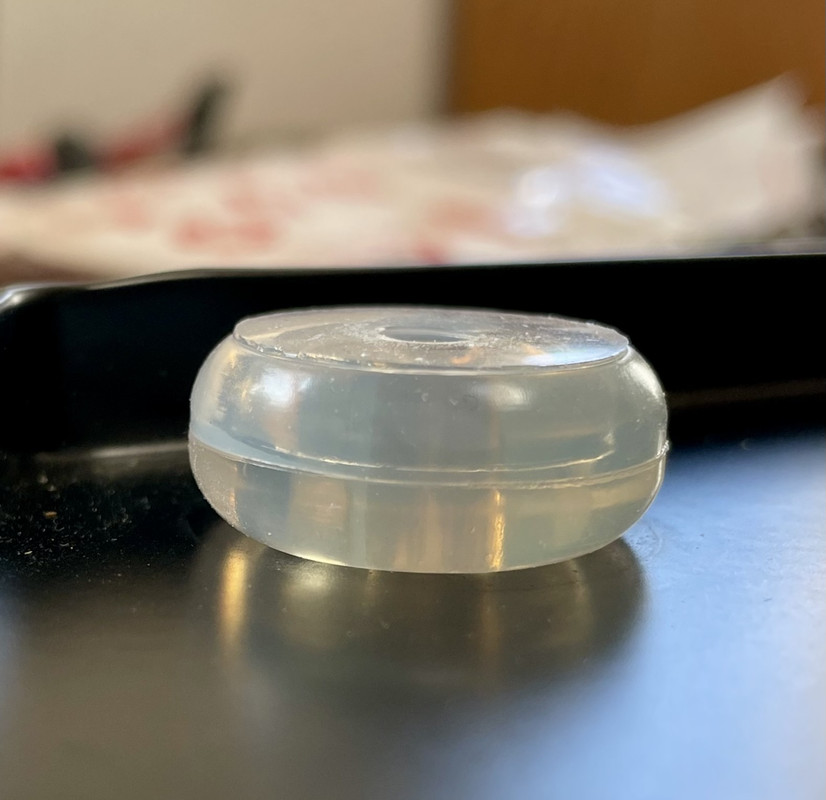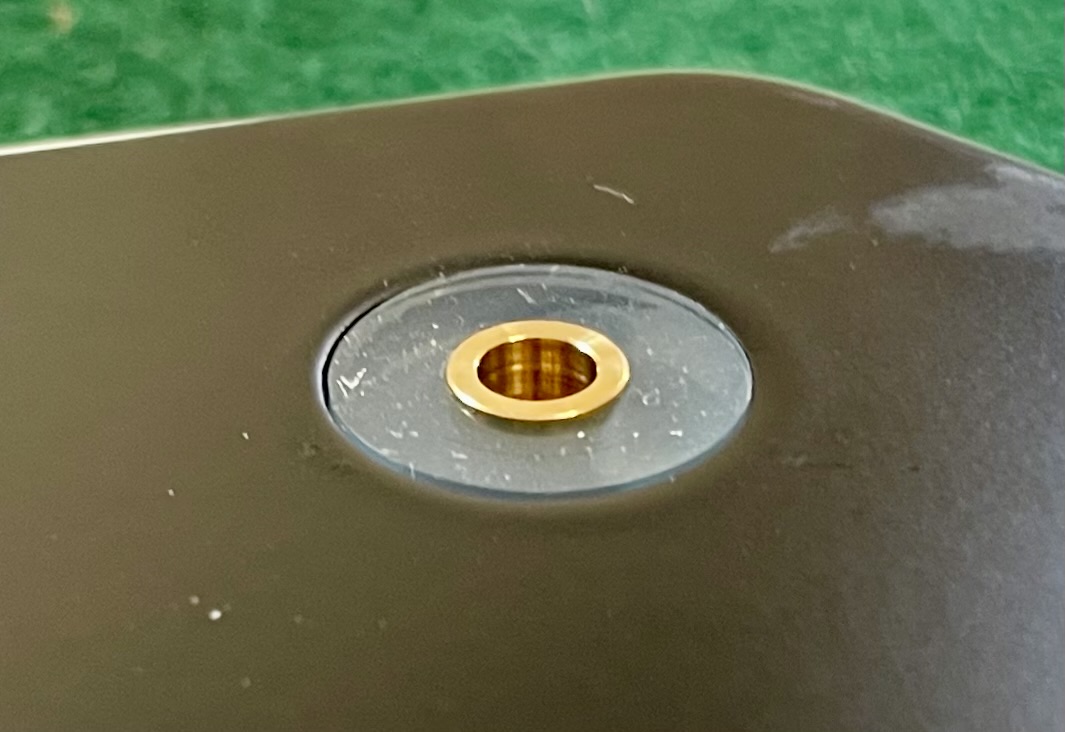James
Lord of the Erg\o/s
Option 2 will exhibit lower compliance and probably more effective at isolation.
From another thread ...
From another thread ...
I’ve been looking into the silicone mushrooms with a view to trying them out, I think rather than being a specific part ‘made in Japan’ for the Thorens 124, they are a generic isolation product for PCBs with the brass collar removed:

These can be purchased for £10.72 from RS components, the manufacturer is Taica corporation of Japan
https://taica.co.jp/gel/en/product/vibration_damping/gelbush.html
The 14mm size is more suited to the LP12 sub-chassis, the Thorens are normally 16mm and a different shape.




